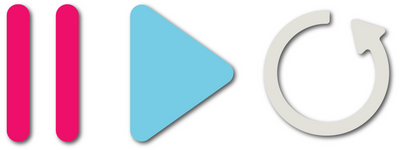The Old-School Sample Vibe with Ableton Live 10 Effects
Vintage samplers like the 8-bit Ensoniq Mirage or 12-bit Akai MPC60 work by turning an analog signal into a digital one by measuring the amplitude of the waveform at regular intervals then translate this into a binary number. The speed at which this is done is referred to as the sample rate, which is measured in Hz.
The second key factor is bit depth, which is the range of numbers used to capture the amplitude at each sample point. The larger the number, the greater the dynamic range. The dynamic range of a human's hearing is around 120dB, which 8-bit sampling only delivers 48dB.
What does this mean? As you reduce the sample rate and bit depth of a sound, you bring out more character and crunch in a signal. At 12-bit, sounds start exhibiting a rough edge. At 8-bit, the sound breaks up into digital sounding tonalities. At 4-bit, the sound becomes a trashed shadow of itself. The impact on the signal of this hyper low bit depth processing is not always desirable, but in the right circumstances, it can be a producer's secret weapon.
Inside Ableton Live, we can use Live's built-in plugin, Redux, to downsample the signal, and reduce its bit rate. This effect adds some extra grit and dirt to the sample that is similar to the way circuitry of early generation samplers worked.
As a bonus tip, when reducing the sampling rate and bit depth, a layer of high-end digital 'hiss' is introduced. We can emphasize this slightly by adding an EQ and boosting between 8 and 14kHz with a fairly wide Q.

Leave a comment